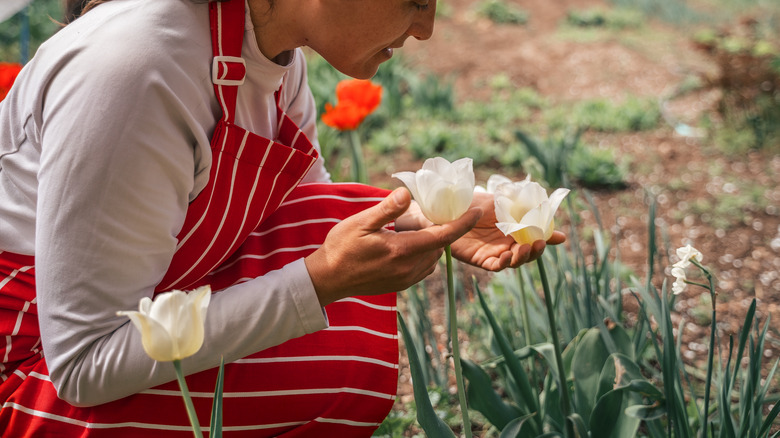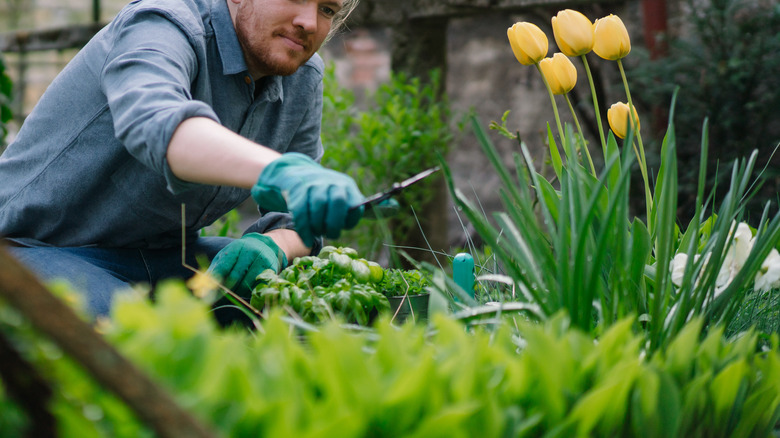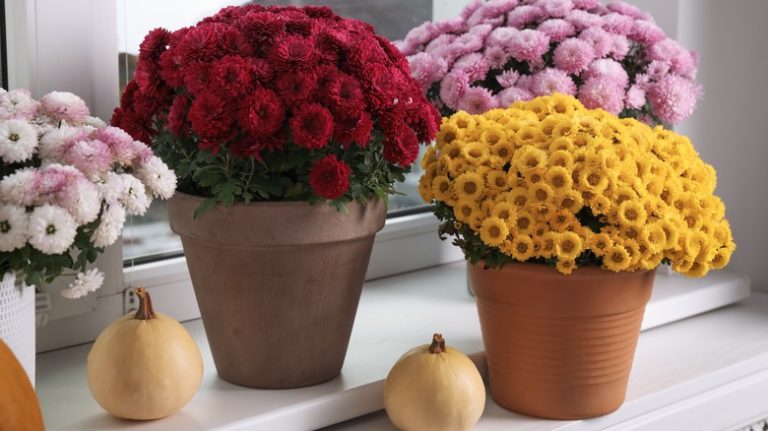Mastering essential gardening techniques is a surefire way to create stunning tulip displays, regardless of your level of expertise. Deadheading is one of these techniques. Removing faded or wilting flowers redirect the plant’s energy towards bulb and root growth, promoting overall health and vigor. Delicately deadheading tulips allow you to maximize their potential, resulting in breathtaking displays that leave a lasting impression.
Deadheading not only enhances the beauty of your garden but also stimulates the plant to produce more blooms. By removing spent flowers, you divert the plant’s energy towards essential processes, such as bulb development, rather than seed production. Prompt deadheading can also prevent diseases and pests from harming the overall health of your tulips. Since fading flowers can attract pathogens or unwanted insects that can damage your plants, promptly removing spent flowers eliminates potential sources of infection. To optimize the benefits of deadheading, it’s crucial to understand the different stages of tulip flowering.
The importance of timing

Timing is critical when it comes to deadheading tulips. It is essential to wait until the tulip petals have withered and the flower head begins to droop. Deadheading too early, when the flower is still vibrant and intact, may disrupt the natural seed development process. Waiting until the petals have wilted ensures that the tulip has completed its reproductive cycle, and removing the spent flower will redirect the plant’s energy toward other essential processes. On the other hand, it is crucial not to wait too long to deadhead tulips. Promptly deadheading the spent flowers at the appropriate time prevents the risk of infestations or infections and promotes a healthier growing environment for your tulips.
Careful observation is the key to deadheading your tulips at the perfect time. Regularly check the progression of the flowers and look for signs of petal wilting and drooping. By understanding the different stages of tulip flowering and recognizing when the blooms have completed their lifecycle, you can ensure the best results when deadheading and encourage continued growth and vitality in your tulip plants.
Proper technique

For your tulips to keep blooming beautifully, it’s essential to deadhead them properly. To do this, follow the stem of the spent flower down to where it meets the main stem or foliage. Then, use sharp pruning shears or scissors to carefully remove the flower, cutting just above a healthy set of leaves or lateral buds. By doing so, you’ll be encouraging new growth and development of the plant. Keep in mind not to harm the surrounding foliage or main stem, as this can negatively impact the overall health of the tulip.
It’s advisable to be mindful of the remaining foliage on the plant and allow the leaves to wither naturally before removing them. This is because the green foliage synthesizes energy through photosynthesis, which is necessary for the bulb’s growth and replenishment. Removing the leaves too soon can deprive the bulb of the energy it needs for future growth. Regular deadheading throughout the blooming season is crucial for continuous flower production and for promoting healthy bulb development.



